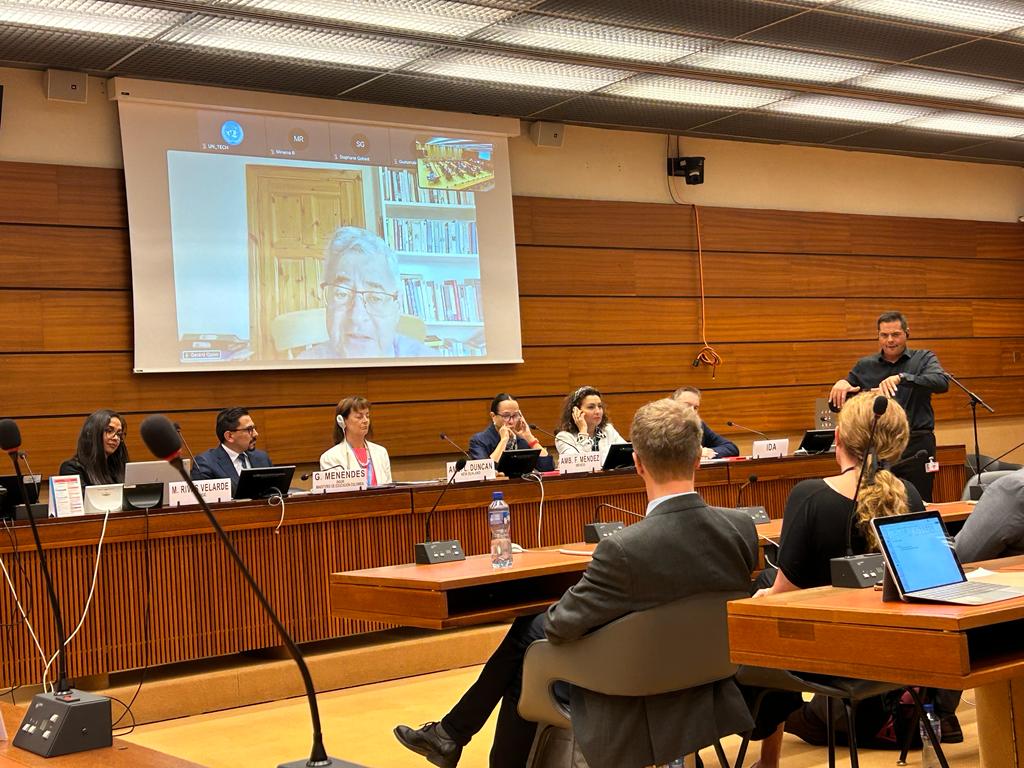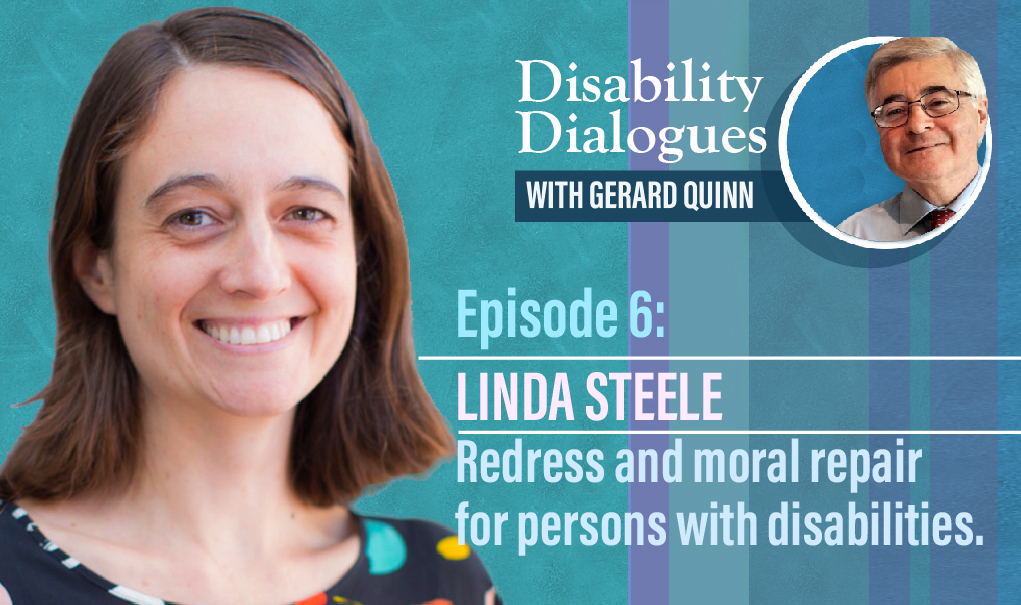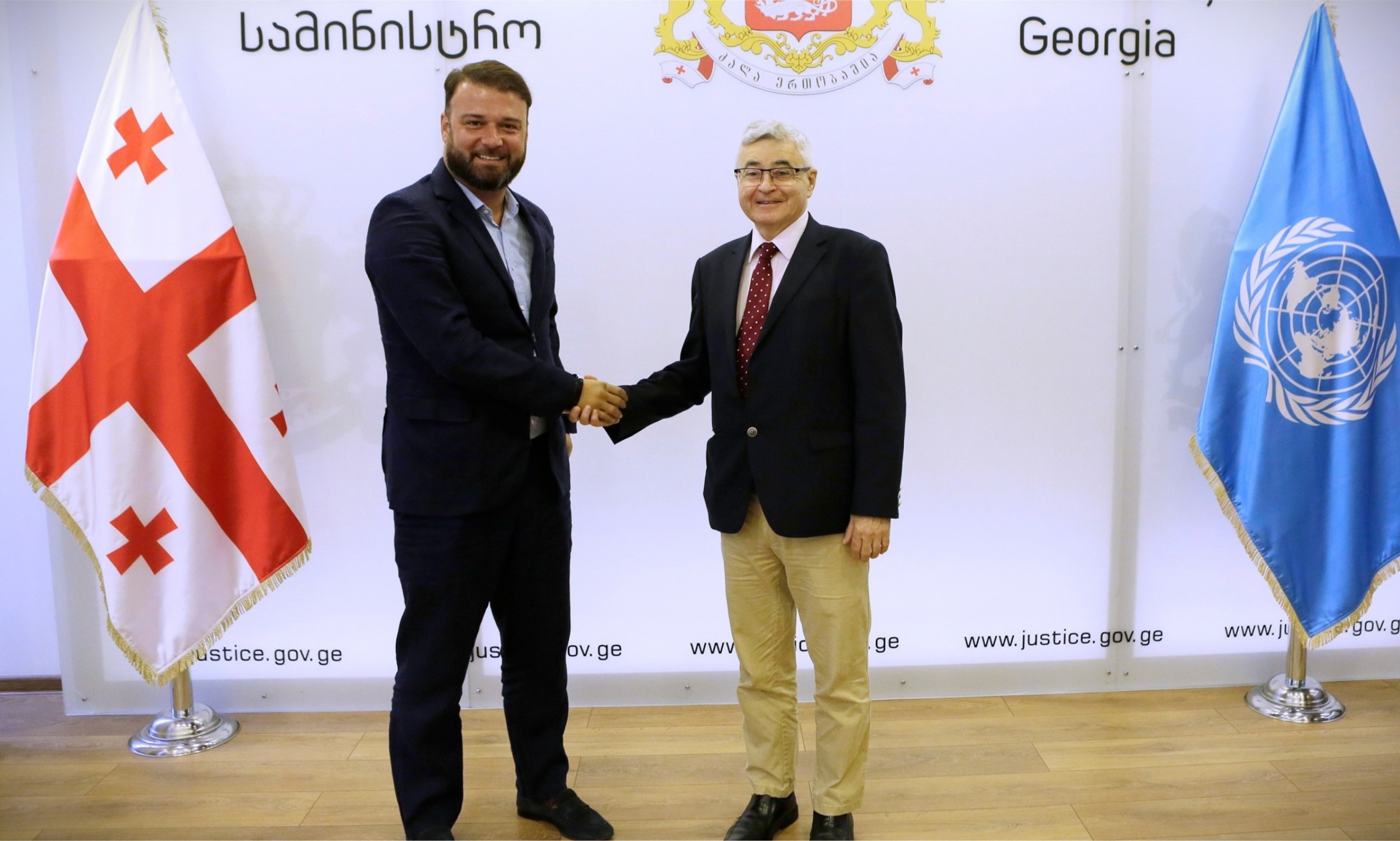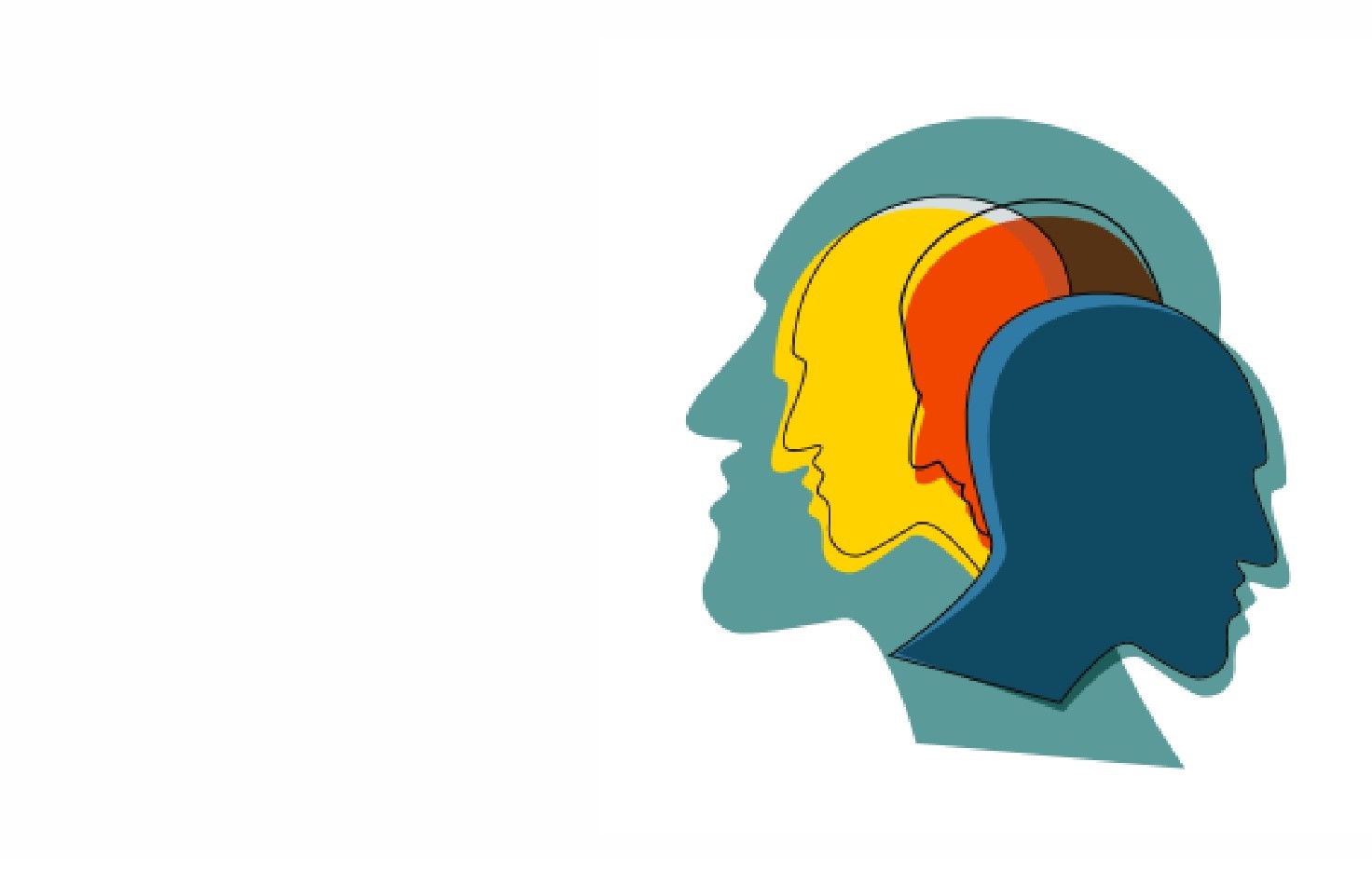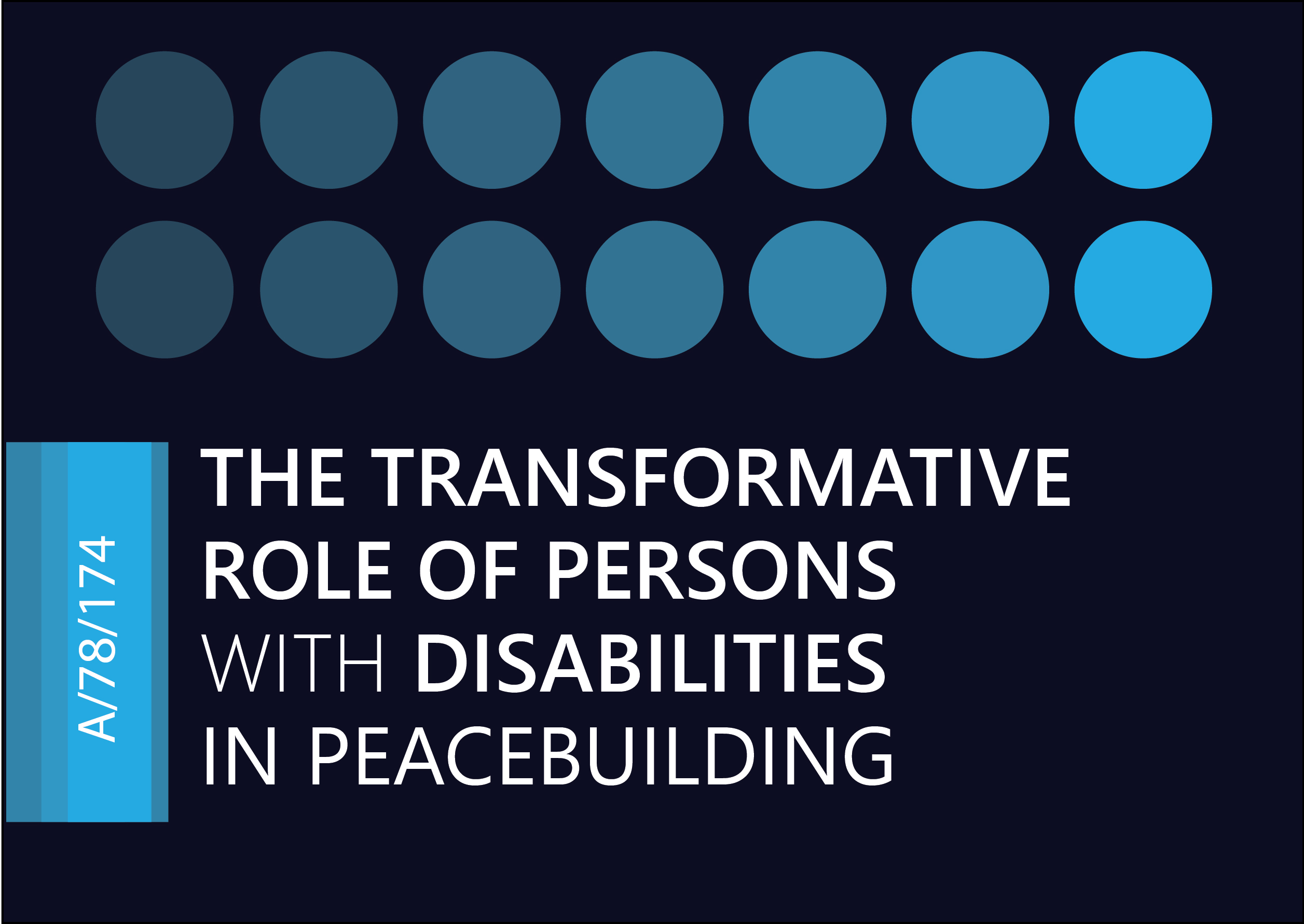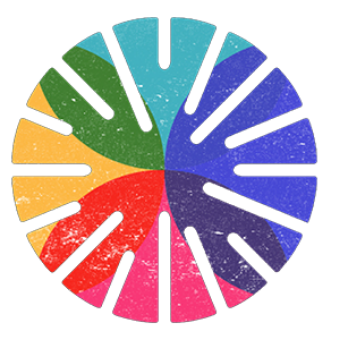Presentation of the UN Special Rapporteur on a side event at the 54th Session of the Human Rights Council - October 2023.
Looking back, I was an active advocate for disability rights in the early 1990s when the 3rd Industrial revolution was underway (the invention of the world wide web). That revolution involved the coming of information technology – web-based technology that promised to connect the analogue world with the digital world and to transform both. It was a huge missed opportunity. Doors that should have been opened for persons with disabilities by the new technology remained shut. We have been trying to play catch-up ever since with ad hoc web accessibility laws. But these accessibility measures are usually built on top of technologies that basically exclude by design.
Artificial Intelligence is said to constitute the 4th Industrial Revolution. Persons with disabilities have missed out on the benefits of previous industrial revolutions. That cannot happen this time round. We have to embed the rights of persons with disabilities – and others who are similarly situated – from the very outset. That’s the lesson of the 1990s.
And that’s why, two years ago, I presented a report to the UN Human Rights Council on the balance of risks and opportunities posed by AI for persons with disabilities.
Over 74 States contributed to the interactive dialogue on the report – a sure sign that change is underway and countries are eager to find a way to navigate it.
Every Industrial Revolution since the steam age has transformed our lives – our economic lives, our social lives, even our political lives. All human relations are affected – no one is immune. The AI revolution itself is well underway. It cannot be stopped - but hopefully it can be harnessed wisely and constructively.
In my thematic report I highlighted how some of the biases in the algorithms underlying the new technology can replicate and reinforce ableism. I didn’t do so from the perspective of someone who wants to stop the technology – but as someone anxious to harness its benefits and avoid some obvious pitfalls.
Your topic today - the impact of AI on healthcare and especially persons with disabilities - is well chosen. In thinking through the impacts – in thinking through the balance of risks and opportunities – I want to do three brief things.
First of all, allow me to paint a picture of the potential applications. Needless to say, we never imagined any of these applications during the drafting of the UN disability treaty. And that was only 15 years ago! I want to get beyond the classical issues of accessibility and the digital divide to reach something even more fundamental. And I want to get at something even more fundamental than personalising services through AI (a huge boon to independent living) and achieving more peer support in mental health ( as an alternative to coercion). I canvassed all of these in my thematic paper.
Secondly, allow me to connect up this web of impacts with a broader and deeper debate which has to do with human enhancement – or the purported right to human enhancement. That’s the thing about revolutions – they even change whole categories or categorical thinking. Some say that the advent of AI will inevitably mean a broadening of the category of person or personhood – but more of that in a moment.
Third, allow me to say a few words about the way forward. Does the UN disability treaty have anything useful to offer by way of guidance in order to enable us to harness the new technologies in a way that enhances the rights of persons with disabilities?
First of all, what of the range if possible impacts?
The medical model has often been parodied. It is essentially about restoring a person to a level of functionality associated with ‘normalcy.’ That is defined in the famous Declaration of Alma Atta as:
…a state of complete physical, mental, and social well-being, and not merely the absence of disease or infirmity…and that the attainment of the highest possible level of health is a most important world-wide social goal whose realization requires the action of many other social and economic sectors in addition to the health sector.
This embeds an ideal image of the human person – a status of well-being including physical, mental and social dimensions. You might say sociology influences medicine! It does not pivot around illnesses or defects but aims at overall well-being.
That being so, the aim of medicine is to facilitate well-being – either by removing the causes of deviations from the norm or by enhancing overall well-being.
If one might simplify, traditional medicine seeks to reduce the impact of illness or defects (deviations from ‘species-typical functioning’) by mitigating the loss. In a way, the aim is to enhance functionality despite illness or disability.
But what if a different approach were possible? What if medicine could make the illness or disability irrelevant to functionality?
Enter AI.
What if we could literally wire around a disability? This is the promise of ‘neural interfaces.’
What if we could wire around a breakage in our neural networks to enable signals that are currently blocked by illness, disease or disability to reach our extremities and this enable or restore functionality? This is not fanciful. Exo-suits are being deigned to do exactly this.
And take this to another level. What if we could interpret brainwaves through AI to literally reveal the person behind the mask of the disability. What if we could reach people who, for the moment, remain concealed behind the mask of disability. What if their wishes and preferences could be revealed? Fanciful? Not really. Novel neural interfaces are now been developed to do exactly this.
I know what you are thinking How do we navigate product liability in this new world?
Who owns the upgrade?
Am ‘I’ a mix of person and property – both object and subject?
Who is responsible when something goes wrong?
What if the original entity goes bankrupt – who faces the consequences?
What about upgrades or enhancements that are cumulative over time and can be passed on to the next generation? Am ‘I’ still an ‘I’ – a human agent.
Can ‘I’ be hacked, intruded on, violated or worse – controlled?
Who is doing the controlling and for what purpose?
How is big data amassed and how is it used?
This gets us into a murky world that has been implied by debates about disability but has seldom received the attention it deserves. Who or what qualifies as a person?
Many have focused on Article 12 of the UN disability treaty as signalling a shift away from guardianship (subjecting one person to the control of another) toward supported-decision making. But that’s only half the picture. To reach that point – to signal a major shift toward supported-decision making, the UN disability treaty essentially posited a different theory of who counts as a person. Bear with me – this is important and relevant to the health debate.
Being counted as a person matters. You are centered in your own life – your moral agency to make our own choices is affirmed – even if ‘we’ disagree with those choices. Your autonomy is respected by third parties. “We’ have a minimal right to support you in your autonomy.
So qualifying as a person matters. But how or what is a person?
Interestingly, the category has not remained static over time. Indeed, you don’t even have to be a human to be a person! Corporations are treated as persons for some purposes in law. Natural features like rivers are treated in some cultures as persons – or at least have some characteristics of a person. So the category of person is a jural idea – not a fixed or objective entity.
What then are the essential criteria of personhood and how are they challenged by AI?
Two sets of criteria might be distinguished.
One set might be called -inward-looking. They look to the intrinsic characteristics of a ‘person’ such as having a body (recognisable as a human person), having a mind (whatever that is), possessing a minimal amount of cognitive ability to process information and make rational decisions and having a stable identity that holds through time. All might be deconstructed.
What stands out - especially in the last 300 years or so in most world cultures – is the emphasis on cognitive ability. Quite why cognition became the essence of what it means to be a person is a bit of a puzzle since it wasn’t so before the Enlightenment. But there is a remarkable unity of agreement among major world cultures to date that cognitive capacity is the very essence of what it means to qualify as a person.
A second set of criteria might be more ‘outward looking’. That is to say they focus less on the intrinsic characteristics of the person (possessing a mind) and more on his/her connectedness with or to others. Therefore capacities like language and communicative ability, a capacity for empathy and sympathy, a capacity to reach beyond oneself, count most.
Notice in passing how these criteria create different cut-off points. If cognitive capacity is the essence of what it means to be a person then some animals should qualify and some humans should not. If a capacity for empathy is where its at then some whales qualify and some humans not.
Why do I mention this in the AI context?
Well, some argue that there is a right to human enhancement (e.g., Humanity Plus).
If humankind invents artificial teeth or coloured nails, then why not enhance our mental or cognitive capacities or even our emotional capacities?
Or does there come a point in these enhancements – which go way beyond compensating for an illness of disability – when we are no longer recognisable as human persons? If not, what are we? Some have called these the ‘superhumans’ (Michael Bess, ‘Make Way for the Superhumans’). Francis Fukiyama calls this the very worst idea of the 21st century. In short, it offers a prospect of transcending disability with the invention of a whole new category of persons.
Some speculate that the uni-verse of personhood needs to be expanded as a result of these new technologies. They say that we need a plurality of person types. The social and even political implication have yet to be expounded. For example, one-man-one vote might have to yield to the ‘superior’ judgment of enhanced humans (or not). Perhaps the uni-verse of personhood will need to be expanded anyhow as humankind discovers new lifeforms in the universe which does seem like a distinct possibility in the 21st century.
If – if – the technologies advance at the rate many predict then we will be faced with these core definitional issues that have been ignored for a long time. Persons might become a mixture of subject and object – autonomy and property. Maybe the issues will first be parsed through the lens of property and especially product liability.
To recap, AI coupled with new medical technology offers the prospect of not merely compensating for disability but for transcending it.
This create a moral, legal and policy mess.
The question inevitably arises, what, if anything, does the UN disability treaty have to say of use in this debate?
Interestingly, the right to rehabilitation was initially opposed by DPOs. They reflected on the dead-hand of experience which framed rehabilitation as a form of control. What won the day – what won the argument for the inclusion of a right to rehabilitation in the UN CRPD – was that it should be aimed at attaining and maintaining “maximum independence, full physical, mental and social and vocational ability” (Article 26).
On one reading, this points to a right to enhancement if that is instrumental in achieving ‘full’ abilities. Of course that begs the question, does ‘full’ mean a threshold to be achieved - and not exceeded? Or does it envisage exponential improvements through the application of new technology?
The right to health in the UN CRPD itself mentions the right to the “enjoyment of the highest attainable standard of health without discrimination” (Article 25). But what if the threshold of the ‘highest attainable standard’ itself keeps increasing? Does ‘attainable’ apply to the available technology? In which case there is little or no limit. Or does it reference resource scarcity and the need for prioritisation and some form of rationing? What of the inevitable inequalities in a market-driven health care system? Does the transcending of disability depend on income or purchasing power? Does the reference to ‘minimise and prevent further disability’ in Article 25.b mean that interventions can and should have inter-generational effects? To state the obvious, these are novel issues under Article 25 not anticipated by the drafters.
And what of Article 12? Quite apart from its profound shift from guardianship to supported decision-making, does it signify something even deeper? Does it signify a more plastic or open-ended approach to who qualifies as a person and for what reason? If the UN CRPD Committee is right in emphasizing a ‘universal theory’ of capacity does this displace cognitive ability as the touchstone if what it means to be a person? Can we extrapolate from Article 12 a right – a human right – to human enhancement both generally and specifically in the context of disability?
These are novel issues for the human Rights Council. At first blush, the application of AI to medical technology offers the prospect of better compensating for disability. But on closer examination, it offers the prospect of going beyond ‘species-typical’ functioning.
In the process it confronts us with a profound set of questions. Is our concept of personhood changing? Should it change?
How can we describe the kind of entity (person) that emerges at the other end?
What are the economic, social and even political impacts of these changes?
Does human rights doctrine need to change – or should it insist on a transcendent and fixed view of what it means to be a human person? If the view is taken that there is a fixed view of what it means to be a person then disability can be seen as an inescapable feature of what it means to be a person and not something to be eliminated or transcended. Indeed, one of the opening speeches during the drafting of the UN disability treaty was ‘I am disabled and I have a right to be.’ Technology – accelerated by AI – is pushing the boundaries. We – the international community and persons with disabilities - will need answers or at least a better way of framing the issues. The 21st century is here already.


